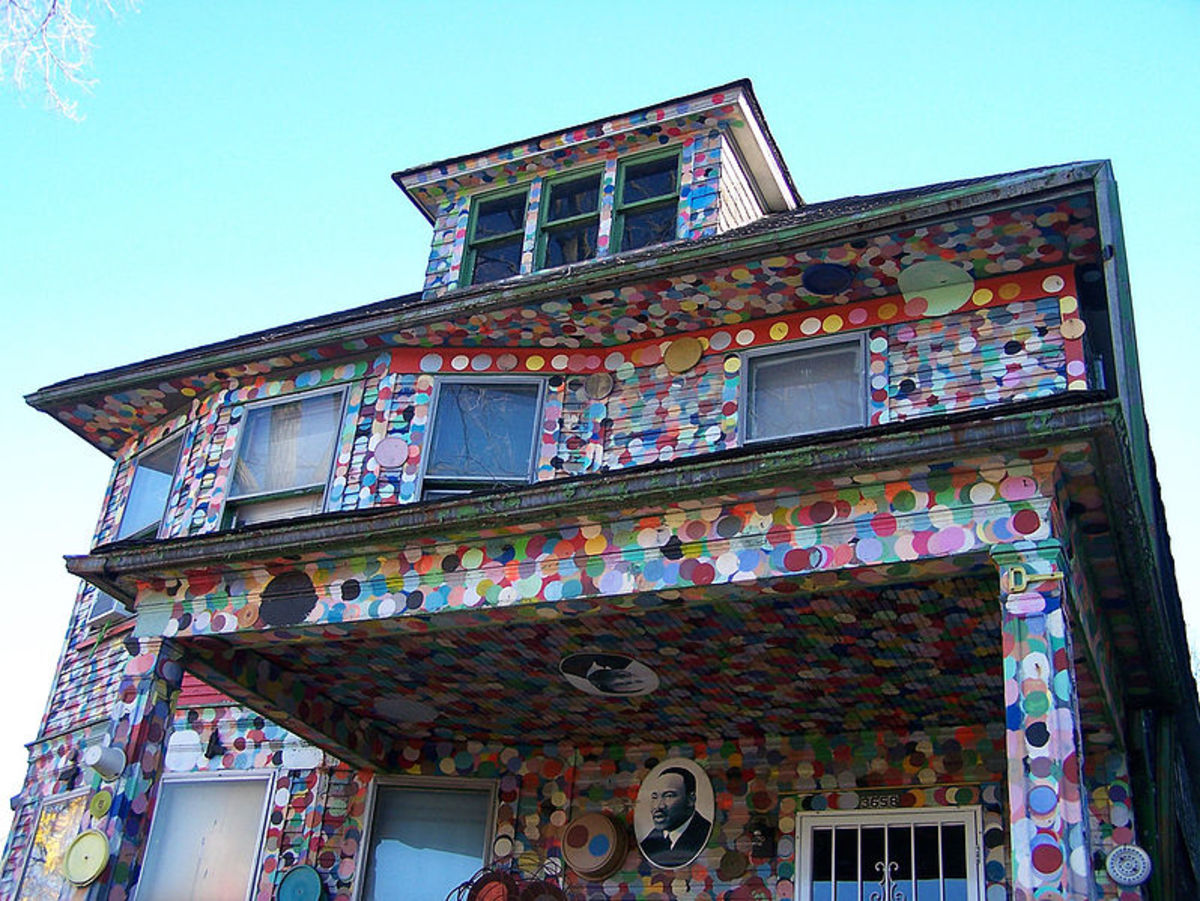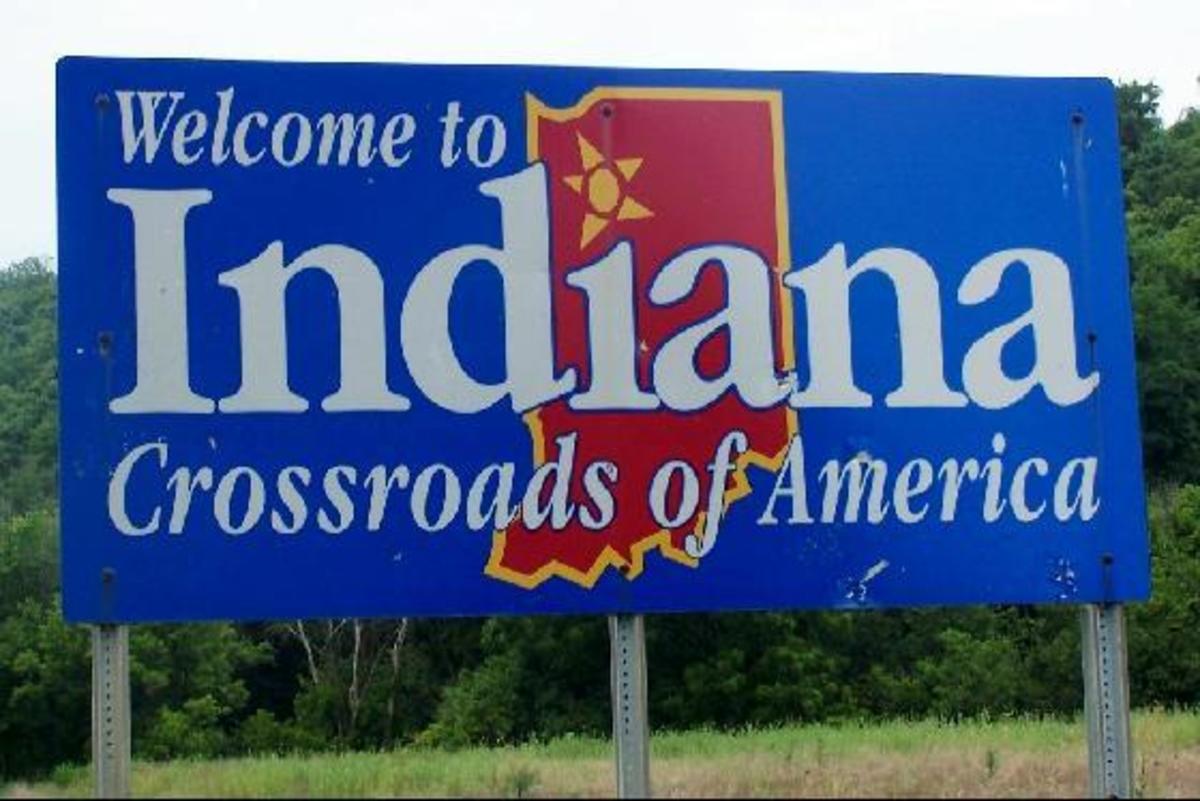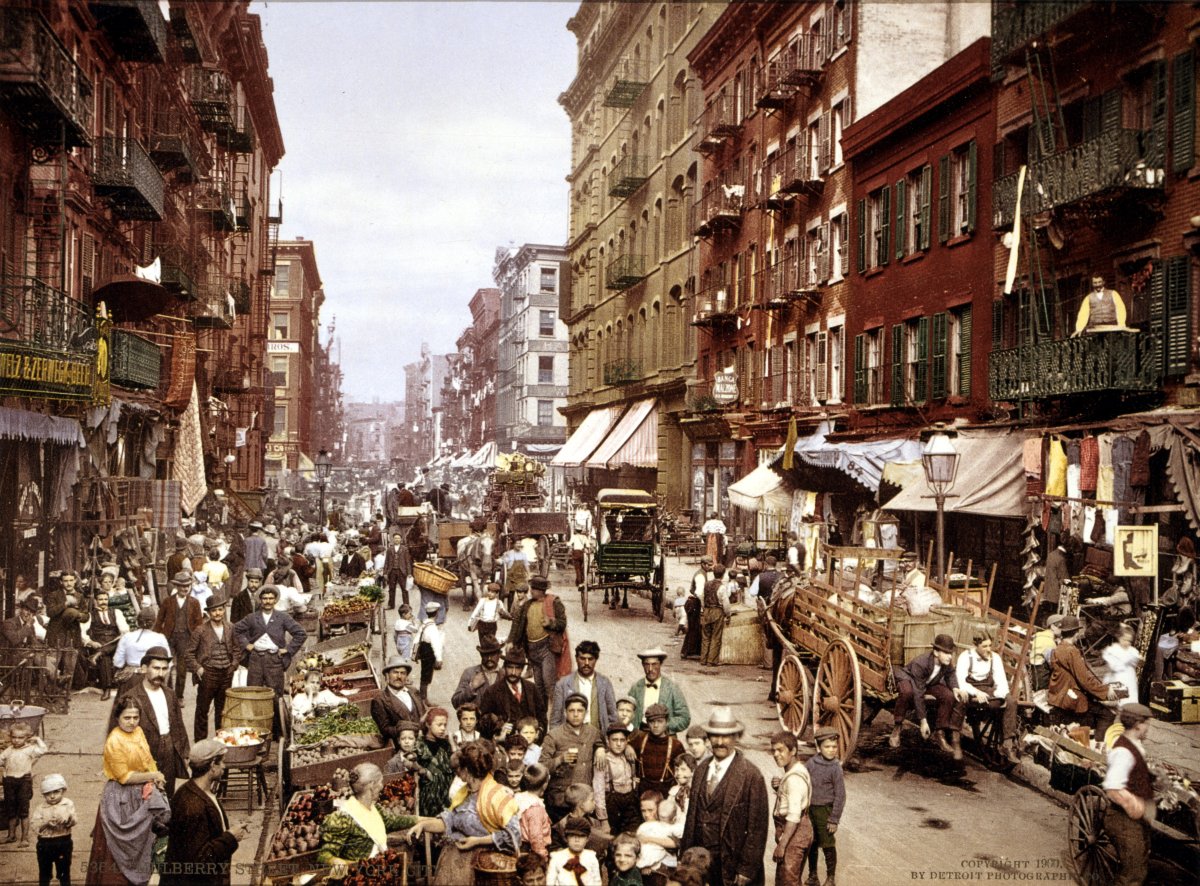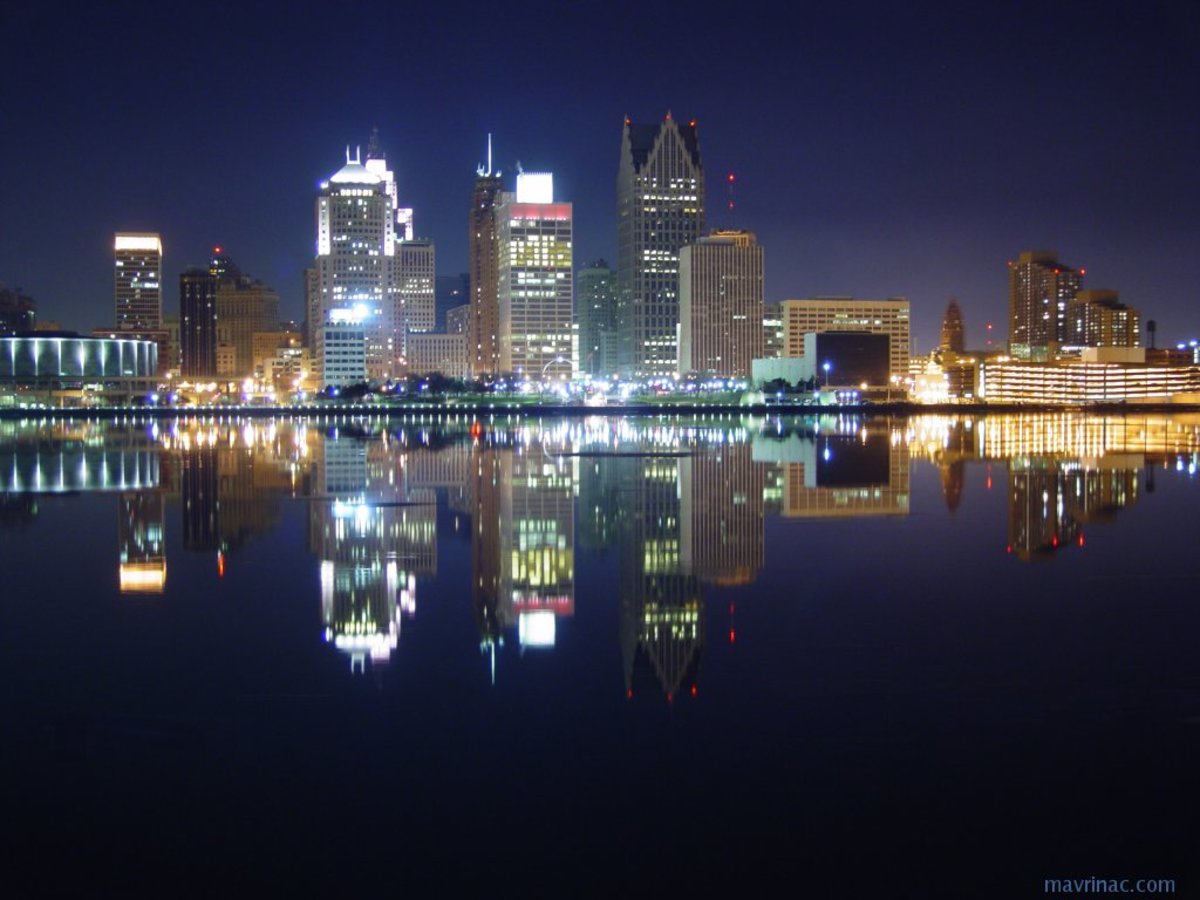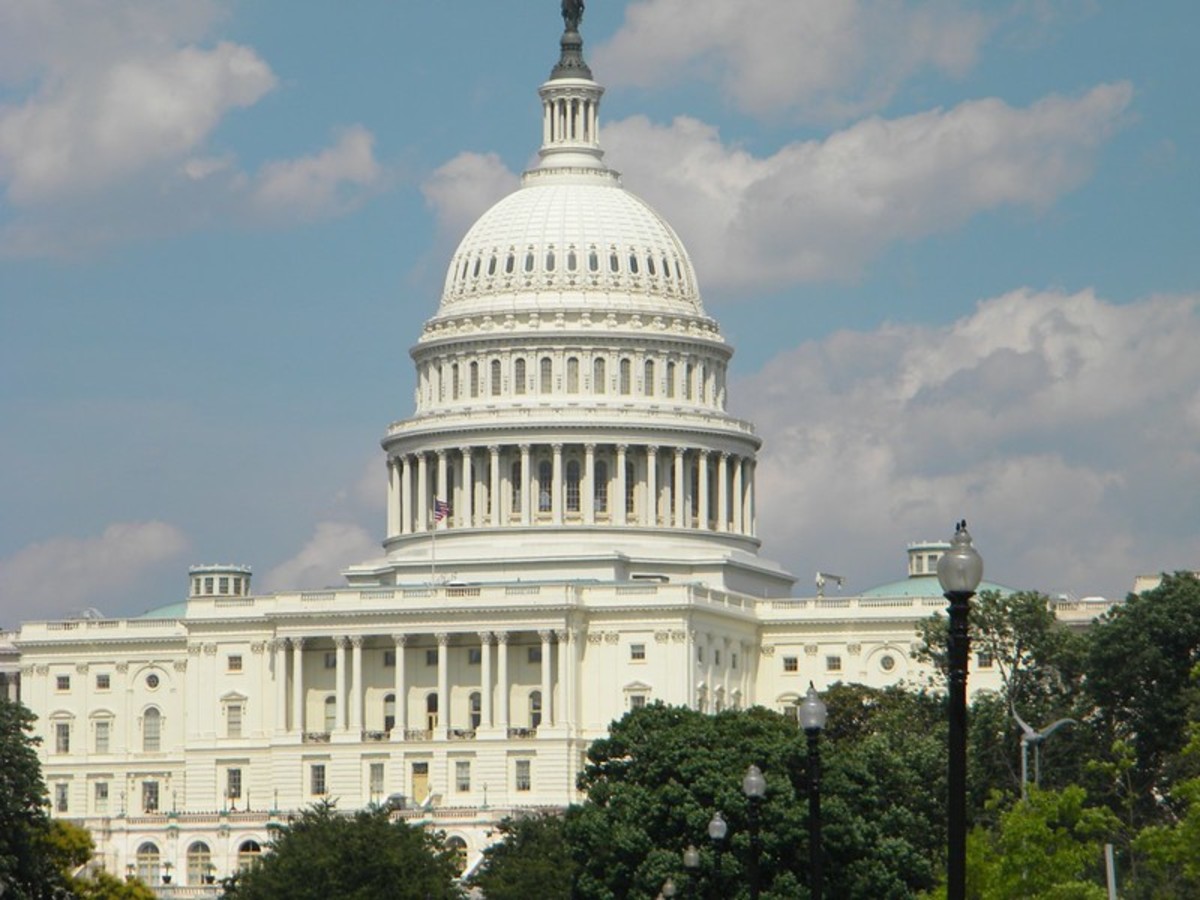Detroit Plans To Rise Up Again
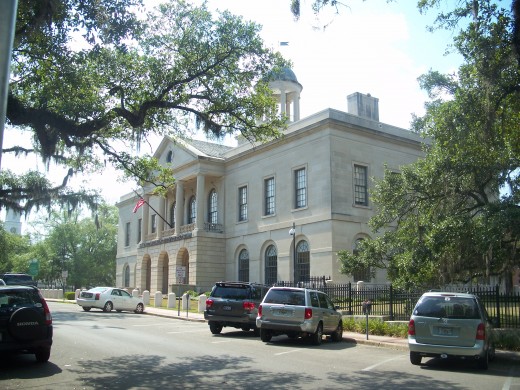
Detroit was one of the most prosperous cities of the United States of America during the 1950s, but since then it has faced numerous problems and has declined gradually. In the census of 1950, the city of Detroit had a peak population of 1.8 million people but according to the last census there are only 700,000 residents in Detroit today. This is even less than 40 percent of the number of people reported in the census of 1950.
Detroit emerged as the industrial hub of the post war era but today it’s facing its worst days. It became clear that Detroit is in certain trouble when the economic crisis resulted in the State of Michigan taking over the administrative control of the city. The crisis became a reality on July 18, 2013 when Detroit became the first major U.S. city to file for bankruptcy. On December 3, 2013 the city of Detroit was declared bankrupt by the US Judge Stephen Rhodes.
Detroit is considered as the birthplace of the U.S. automotive industry but today the situation is that it does not have sufficient funds to even keep its street lights on. Many experts have attributed the blight of Detroit to the emigration of the affluent population base and ever increasing crime rates.
Now the city officials have come up with a plan to emerge from the largest municipal bankruptcy in the history of the United States of America.
- What’s the plan?
The plan filed by the city officials to emerge from the bankruptcy
has been criticized by the creditors while at the same time it has been appreciated by the governor of Michigan, Rick Snyder.
The plan is 120 pages long, according to the plan, the city officials are hoping for an investment of $1.5 Billion that will be used over a period of ten years for improving the quality of essential services. A major chunk from this $1.3 billion will be used to deal with the abandoned properties and buildings that harbor criminals and illegal activities.
- Pensions will be slashed:
According to the proposed plan the pensions of the non-uniformed personnel will be slashed by more than one third while those who have city bonds will be paid only 20 percent of what was owed to them originally.
Uniformed personnel such as firefighters, coast guards and police men will also face the slashing blade as their pensions will also get reduced by 10 percent. Many people around the city have expressed their disappointment over the proposed plan by saying that this plan will inflict more damage on an already suffering population base.
The creditors will be the one facing the biggest blow from this plan as according to the proposed plan they will get only one dollar for every five dollars that they would have received otherwise.
One major institution i.e. The Detroit institute of arts has been spared from this proposed plan, since it is a much esteemed institution that houses world class art collections, it will be maintained with the help of private donations and state funding.

